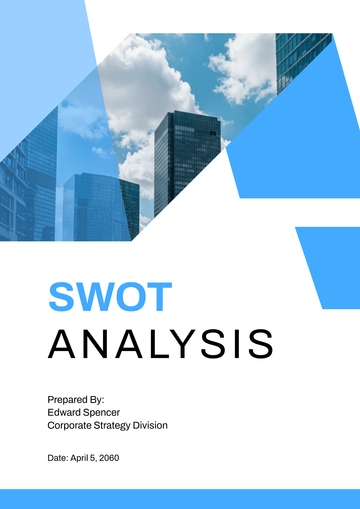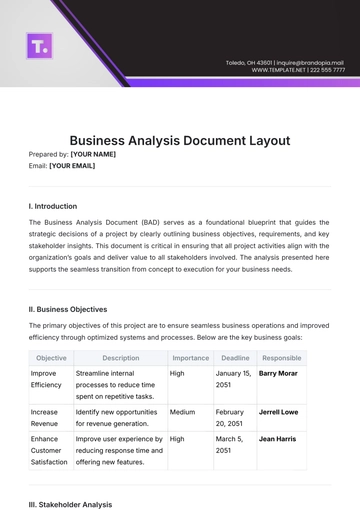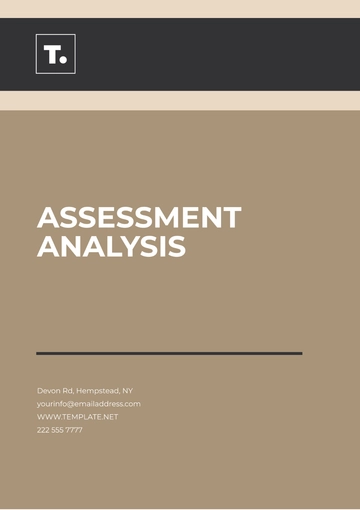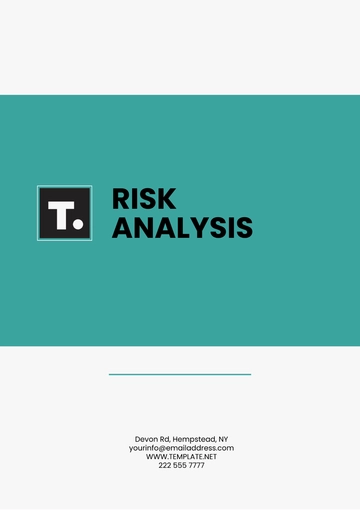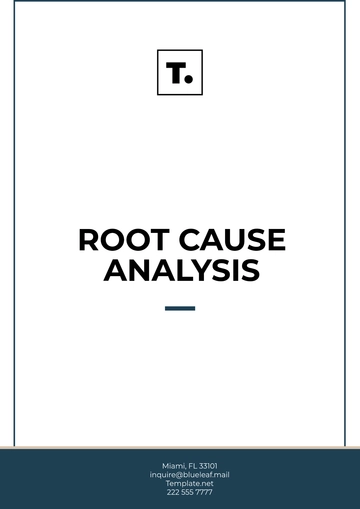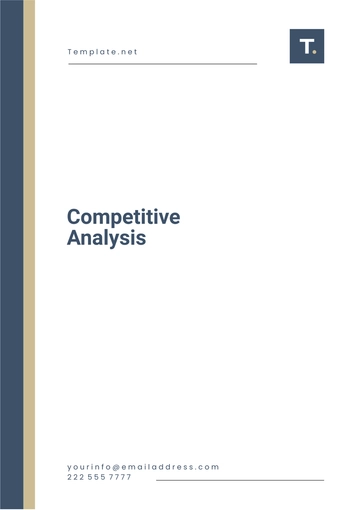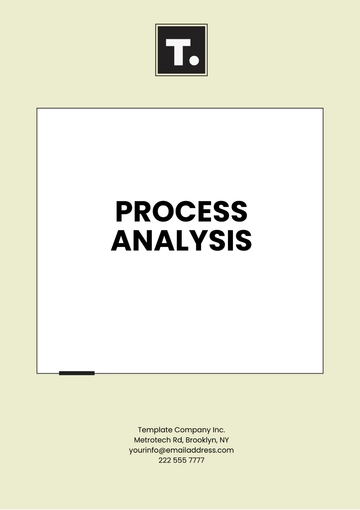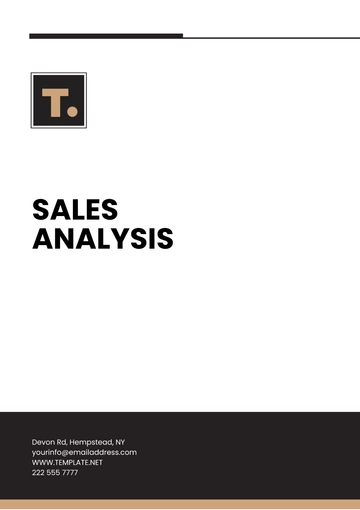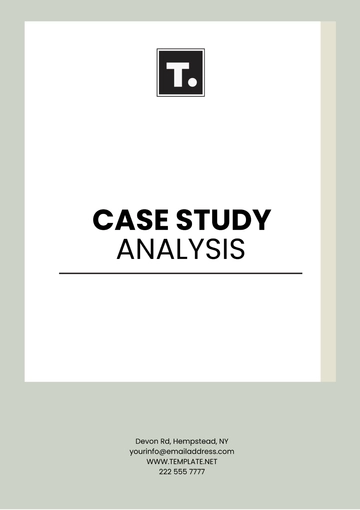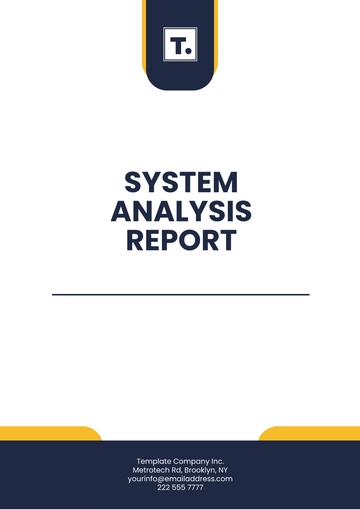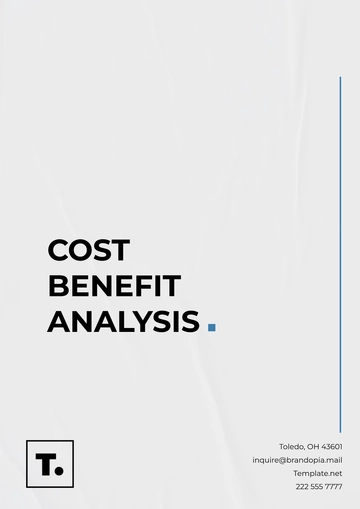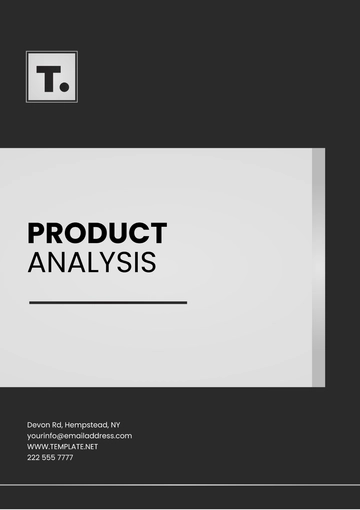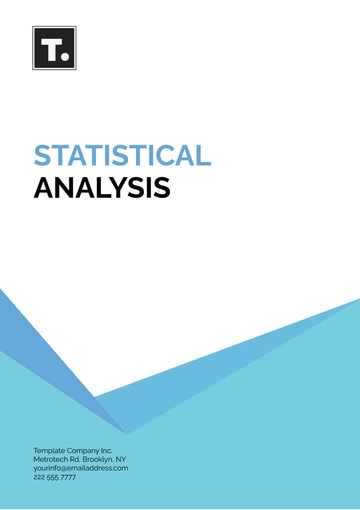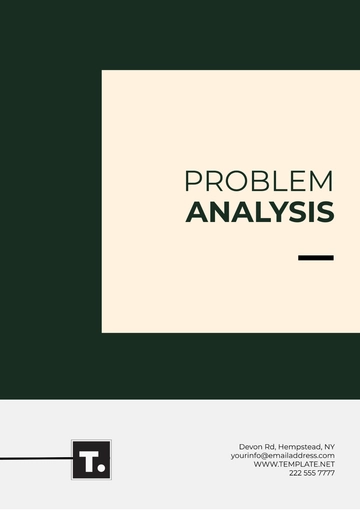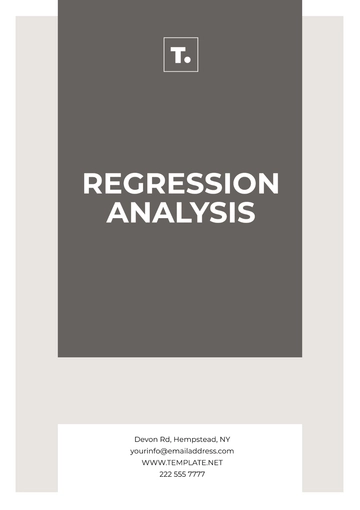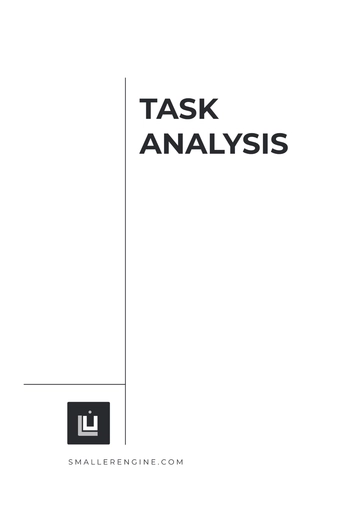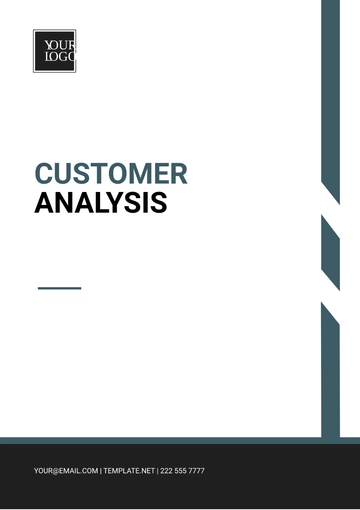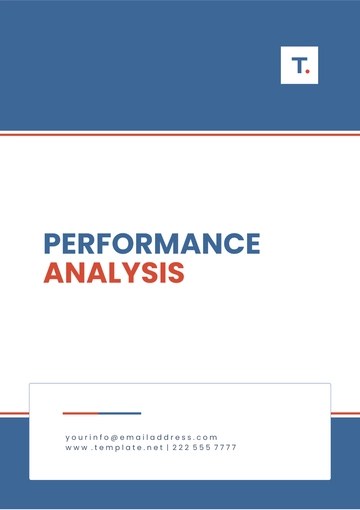Quantitative Data Analysis Methodology
I. Introduction
This methodology provides an extensive outline of a structured and systematic approach specifically designed for the analysis of quantitative data. Its main objective is to evaluate the effectiveness of an innovative marketing strategy concerning customer acquisition. The methodology emphasizes the importance of employing meticulous data collection techniques along with comprehensive statistical analysis. By adhering to these rigorous standards, the intention is to generate valuable and actionable insights that can significantly inform and shape strategic business decisions.
II. Research Questions/Hypotheses
III. Data Collection Methods
IV. Data Processing and Cleaning
Data Entry: All information will be secured in a centralized database with encryption, access controls, and regular audits to protect against unauthorized access and tampering, ensuring data integrity and confidentiality.
Cleaning: Data preprocessing will involve detecting and addressing outliers, handling missing values through imputation methods, and eliminating duplicate records. Outliers will be evaluated for relevance, and missing data will be handled using appropriate statistical techniques.
V. Statistical Techniques
VI. Assumptions and Limitations
Limitations: The methodology may be subject to biases such as seasonal fluctuations or external market conditions. Additionally, it may not capture all potential confounding factors, which could impact the results.
VII. Results Interpretation
VIII. Conclusion
This methodology outlines a robust approach for evaluating the impact of a new marketing strategy on customer acquisition. By employing advanced statistical techniques and addressing potential limitations, the analysis aims to deliver clear, actionable insights that will guide strategic decision-making and optimize marketing efforts.
Methodology Template @ Template.net

